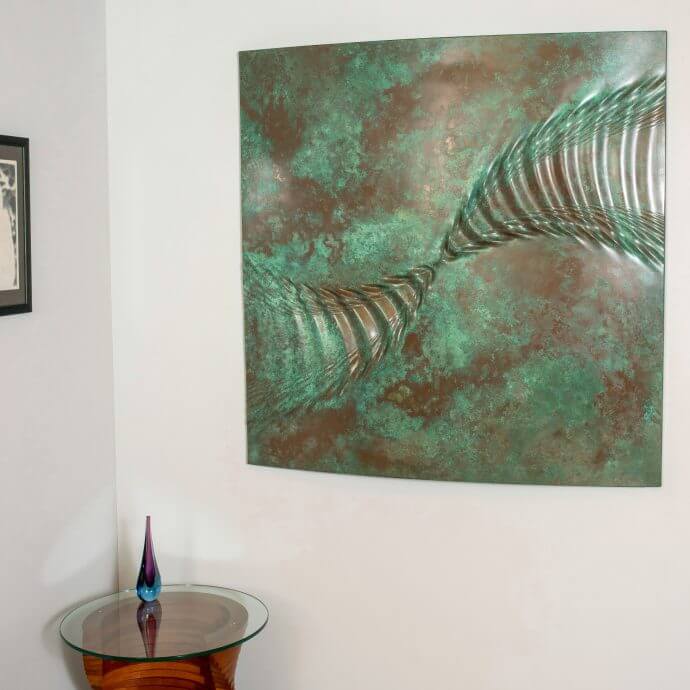We so enjoyed the process from beginning to end. It was a journey that encompassed and introduced us to your world. A world of creativity, passion and perfection. Such a privilege to be able to enjoy your stunning creations in our home.Joanne and Russel
Welcome
I am a designer and artist creating original, contemporary furniture, sculpture and wall art. I make both open and limited edition pieces to my own design, as well as working closely with clients on bespoke commissions.
My designs are made to order, ensuring that whether you choose a piece from my existing collection, or commission something wholly unique, it will have been created for you, by me, with intense focus and attention to detail.
I believe that by introducing beautiful things to the home, whether furniture or art, offers benefits that far exceed the aesthetics. The poet John Keats said: “A thing of beauty is a joy forever.” Owning something that makes your heart leap a little at every sight, bringing a future heirloom into your home, is an eternal pleasure.
I find my inspiration primarily in the natural world and regularly use themes of movement and flow, characterised by clean lines and gently undulating curves. My work is predominantly handmade and blends traditional craftsmanship with digital design and production.
My creative journey began in Barcelona in 1996, where I originally trained before returning to the UK, in 2002, to gain two further years’ experience in two of the country’s leading fine furniture workshops. In 2004 I established my own business, and now work from a converted barn in rural Cheshire. Since setting up I have provided an array of functional and decorative pieces to both homeowners and businesses in the UK and overseas.
To discover how we might work together to create a beautiful and unique piece for you, call me on 0161 928 5647 or email me.

